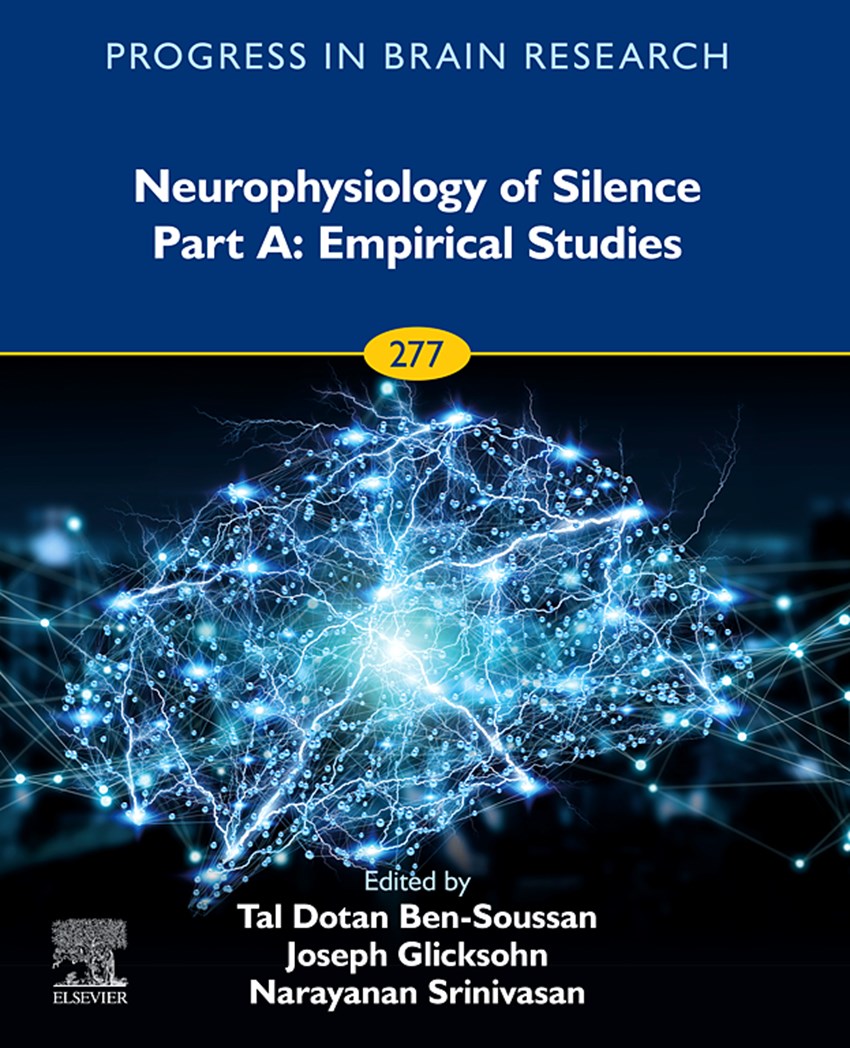No âmbito do projeto 72/16 - A physiological examination of full-trance channeling, apoiado pela Fundação BIAL, Helané Wahbeh avaliou as diferenças no cérebro entre os estados de transe e de divagação mental, em treze participantes que conseguiam entrar em estado de transe quando desejavam. Os resultados indicaram aumento das bandas de frequência delta e teta na região frontal e aumento da gama na região centro-parietal durante o estado de divagação mental, enquanto no estado de transe se registou aumento das bandas de frequência beta e gama na região frontal. Não foram observadas diferenças na banda alfa, nem na conectividade. No entanto, verificou-se uma relação entre a avaliação subjetiva da profundidade do estado de transe e a conectividade. Quanto mais profundo o transe menor a conectividade em todo o cérebro em todas as bandas de frequência. Para saber mais sobre este estudo, pode ler o capítulo do livro Evaluating brain spectral and connectivity differences between silent mind-wandering and trance states publicado em Progress in Brain Research.
ABSTRACT
Trance is an altered state of consciousness characterized by alterations in cognition. In general, trance states induce mental silence (i.e., cognitive thought reduction), and mental silence can induce trance states. Conversely, mind-wandering is the mind's propensity to stray its attention away from the task at hand and toward content irrelevant to the current moment, and its main component is inner speech. Building on the previous literature on mental silence and trance states and incorporating inverse source reconstruction advances, the study's objectives were to evaluate differences between trance and mind-wandering states using: (1) electroencephalography (EEG) power spectra at the electrode level, (2) power spectra at the area level (source reconstructed signal), and (3) EEG functional connectivity between these areas (i.e., how they interact). The relationship between subjective trance depths ratings and whole-brain connectivity during trance was also evaluated. Spectral analyses revealed increased delta and theta power in the frontal region and increased gamma in the centro-parietal region during mind-wandering, whereas trance showed increased beta and gamma power in the frontal region. Power spectra at the area level and pairwise comparisons of the connectivity between these areas demonstrated no significant difference between the two states. However, subjective trance depth ratings were inversely correlated with whole-brain connectivity in all frequency bands (i.e., deeper trance is associated with less large-scale connectivity). Trance allows one to enter mentally silent states and explore their neurophenomenological processes. Limitations and future directions are discussed.

































































































